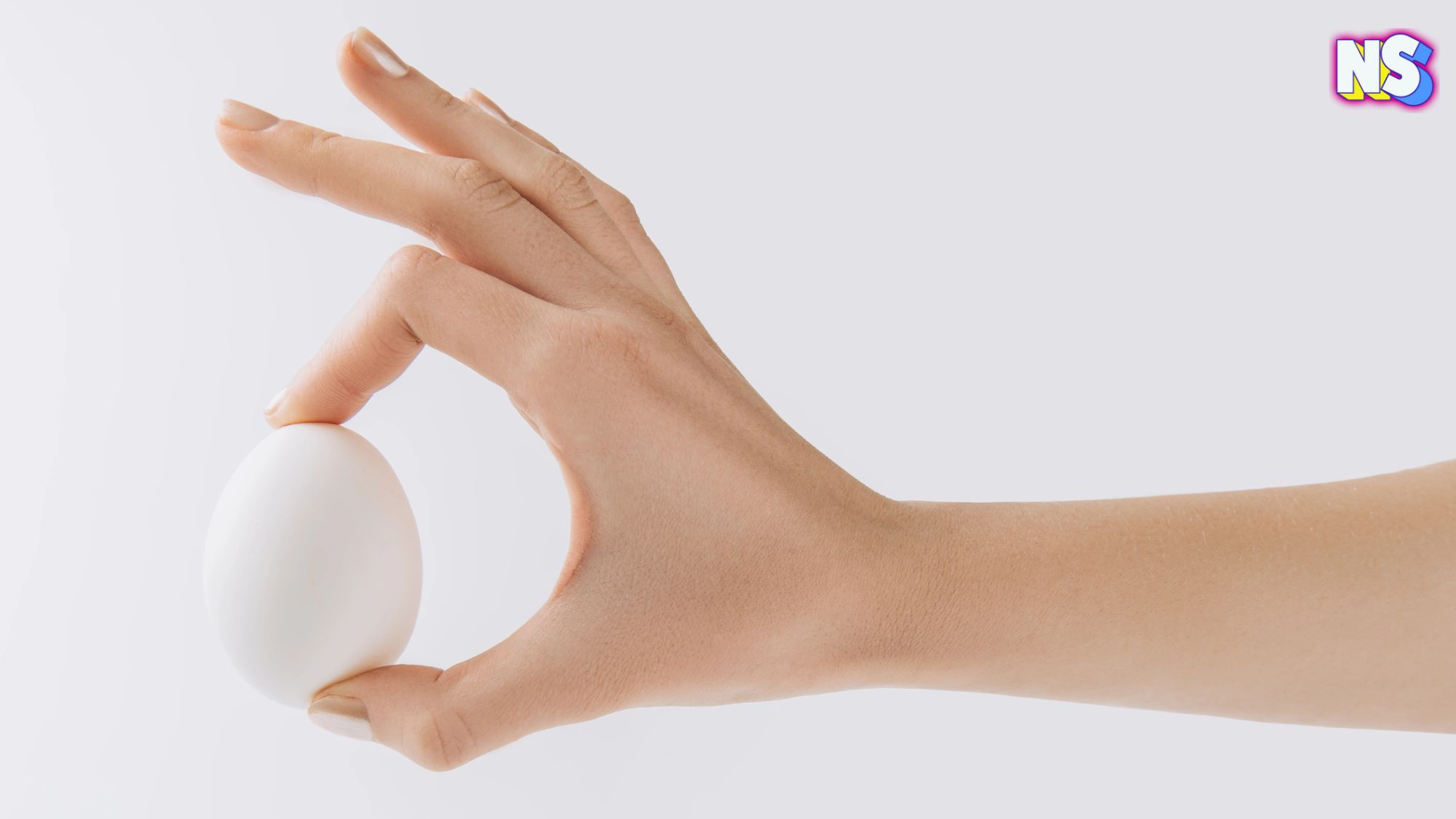If you’ve ever attended a Cuban Nochebuena in Miami, you’ve likely seen the centerpiece of the feast in the backyard. There’s an entire pig roasting to perfection in la Caja China. This roasting box is synonymous with barbecue. Some Cuban foodies refer to it as a culinary marvel. But have you ever wondered where it actually came from? The truth behind the invention of la caja china, aka China box, might surprise you. Hint: it’s not from Cuba. Or China.
@thevegalucy Amazing Dinner with my Dear @ivan.1974 Puerco Asado en Caja China ???????????????? #cuba #texas #puercoasadocubano
♬ Originalton – editedpower
What Is a Caja China Anyway?
The Caja China might look like something from a backyard science experiment. It’s a rectangular wooden or metal box with a charcoal tray on top and a roasting chamber below.
“For the uninitiated, the caja china is simple: It’s a wooden box lined with stainless steel and a metal lid where the charcoal sits,” The Miami Herald writes. “Inside, the whole lechon roasts undisturbed, cooked with indirect heat over four hours, emerging tender and juicy and with a crispy skin.”
It’s lauded for being ingeniously simple and undeniably effective. It cooks a whole pig in just a few hours by trapping and radiating heat evenly. But how did this peculiar invention find its way into Miami Cuban culture?
The Cuban Connection: A Story Rooted in Necessity
The name “Caja China” translates to “Chinese Box,” a curious moniker that’s sparked plenty of debate. One popular theory is that it was inspired by Chinese immigrants in Cuba, who used similar roasting methods. According to this version of the tale, Cuban ingenuity merged with Chinese cooking techniques to create the ultimate pig-roasting solution.
While many assume the Caja China is an old Cuban tradition, its modern design was patented by Roberto Guerra in 1985 in Miami, Florida. The Miami New Times has called Guerra “Patron Saint of Pigs.”
According to the New Times article, Guerra’s family, who fled Cuba during the revolution, wanted a way to recreate the flavors of home in exile. Inspired by the roasting pits in Cuba — and eager to stop digging a hole in their backyard every year — the Guerra family crafted a portable version.
@historymiami Does your family use a #CajaChina for special occasions? #museumtok #edutok #fyp #learnontiktok #museums #miami #history
♬ Pieces (Solo Piano Version) – Danilo Stankovic
“Guerra tells us the company grew slowly,” the Miami New Times writes. “Most customers were South Floridians familiar with the Cuban cooking tradition. Then, in January of 2004, the New York Times ran a piece about the wonders of The Caja China.
The inventor says his company’s website crashed because it got so much traffic after the article ran, and their “business skyrocketed.”
Guerra’s invention quickly became a hit, turning what was once a labor-intensive process into a more accessible, and respected, art form.
@cajachinadelatiamaria Ven con la Familia a disfrutar del Rico Chancho a la Caja China????, Solo Aquí en San Luis ???????? ????Martes a Domingos y Feriados ????De 10:30 a 7:30pm ????Av. Del Aire 1531 Urb. Las Viñas San Luis Ref. Frente Municipalidad de San Luis tu pedido vía WhatsApp ????Delivery: 989-131-175 | 967-244-861 ☎️323 4141 ????Producido: @soportemagico #Cajachina #Tiamaria #Chanchito #cajachina???? #food #foodstagram #asador #Comidaperuana #Gastronomia #chanchoalpalo???? #receta #restaurante #cajachinalovers #polloalaleña #CostillasBBQ #Chanchoalpalo #Arroz #Carapulcra #comidaperuana #lima #sanluisobispo
♬ sonido original – Caja China de la Tía Maria
So, Who Really Deserves the Credit?
Is the Caja China a Cuban invention inspired by Chinese techniques? Or is it a Miami-born adaptation, created out of nostalgia and necessity?
“Some speculate this box was invented by Chinese workers who were brought to Cuba in the 1800s,” the Miami New Times explains. “Others believe it was inspired by the Cuban tradition of making a ‘box’ or enclosed cooking space.”
While the exact origins may remain debated, one thing is clear: la caja china is as popular as a barbecue grill in most Cuban-American homes. And, whether its roots trace back to Havana or Hialeah, the Caja China is now as ingrained into Cuban culture as a cafetera. So, does your family own a caja china?





